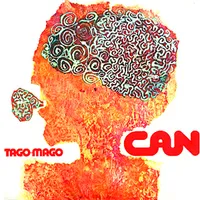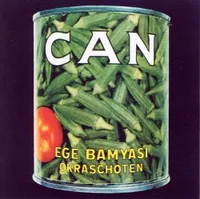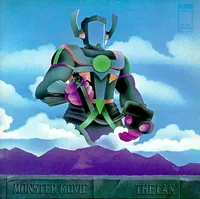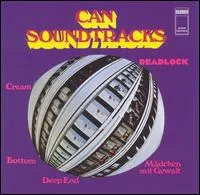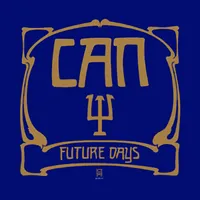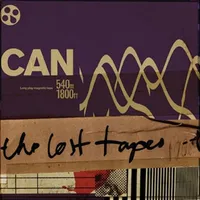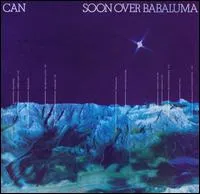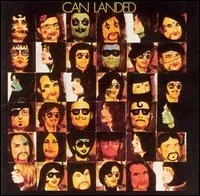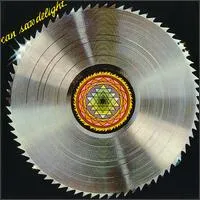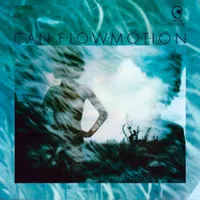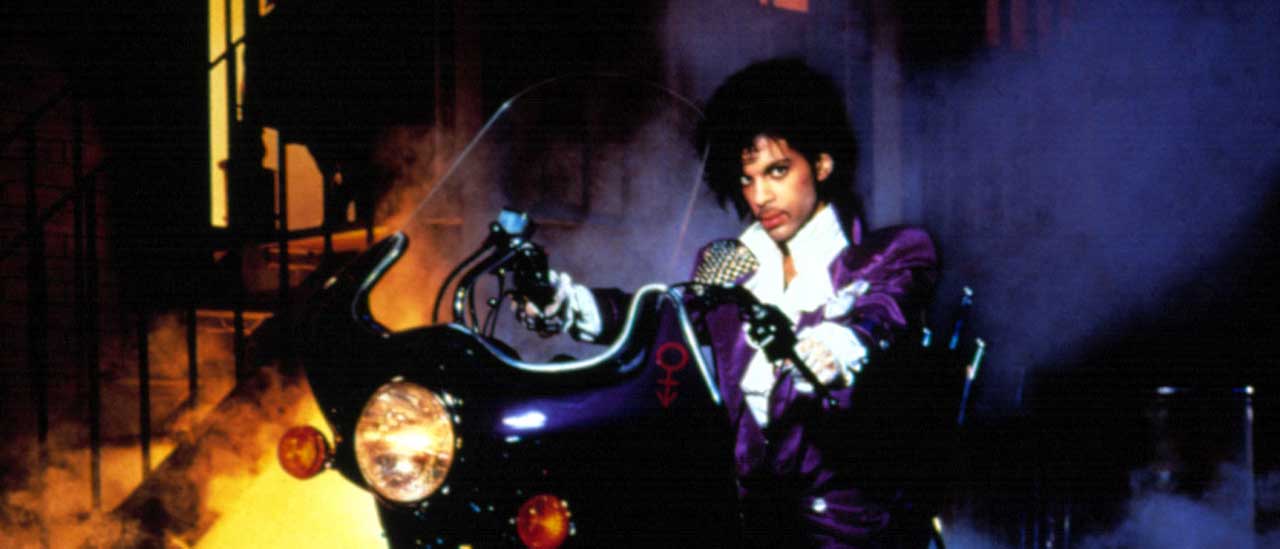"Some of the most mysterious but influential music ever made": The Can albums you should definitely listen to
Can's classic releases sound only like themselves, yet the band's influence lives on. These are their best albums
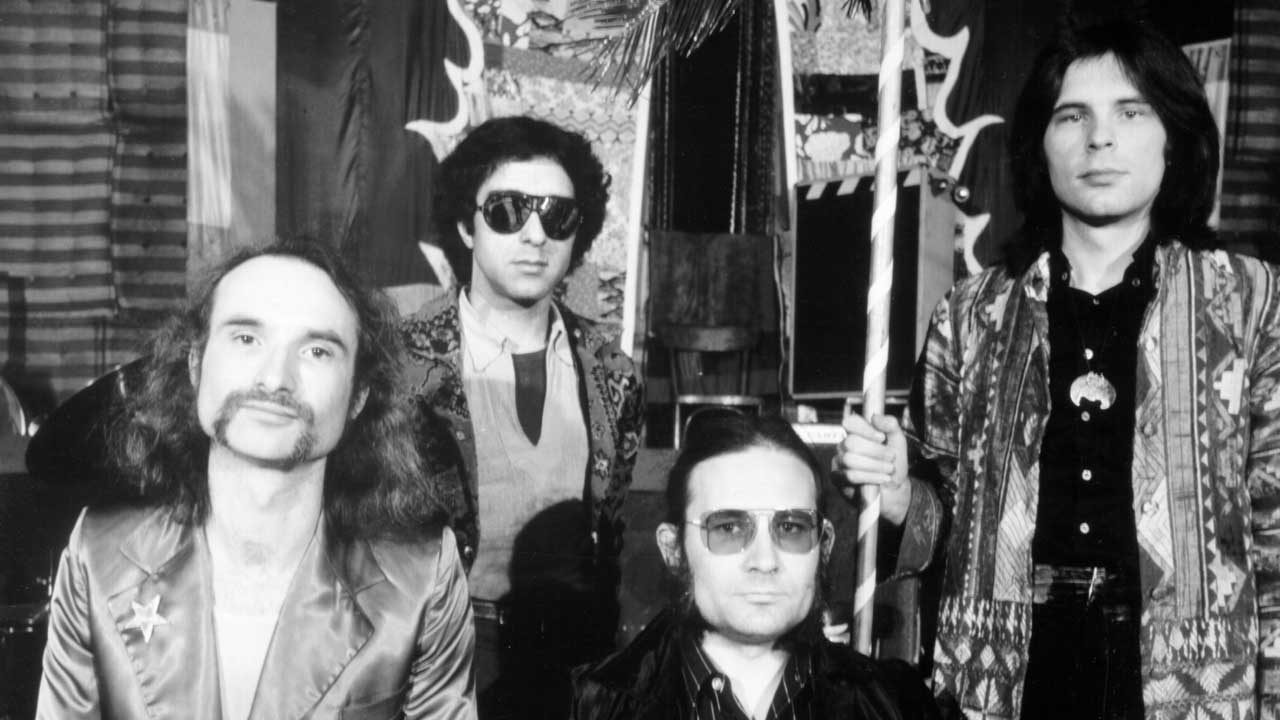
More than 50 years after their debut, Can still sound like no other band on the planet. Their run of albums in the early 70s contained some of the most mysterious but influential music ever made, shaping the taste of everyone from John Lydon and Jaz Coleman to Primal Scream and Sonic Youth.
Can were formed in Cologne in 1968 by classical pianist Irmin Schmidt and bassist/ studio scientist Holger Czukay – both former students of pioneering composer Karlheinz Stockhausen. Schmidt had spent time in New York, hanging with the avant-garde elite before being ‘corrupted’ by the dark onslaught of the Velvet Underground. He returned to Germany on a mission to merge the two styles.
Joined by free-jazz drummer Jaki Liebezeit, 19-year-old guitarist Michael Karoli and volatile NY artist Malcolm Mooney on vocals, they thrashed out music for hours rather than writing songs.
Czukay captured these ‘instant compositions’ on two-track tape, recording every sound. Predating modern studio techniques, they edited together the moments when telepathic alchemy created what Schmidt described as “a mighty, pulsing organism”.
At first they called themselves Inner Space, then The Can, before settling on Can, which Liebezeit said stood for Communism, Anarchism and Nihilism. After DJ John Peel hammered mesmerising 1969 debut Monster Movie, they became the most revered German psychedelic band, along with Kraftwerk whose hi-tech blueprint was the opposite to Can’s aural anarchy.
When Mooney’s mental health forced his departure in 1970, the improvisations of his replacement, Japanese street singer Kenji ‘Damo’ Suzuki, drove the music even further out. Following Suzuki’s departure in late 1973, Can began exploring even more disparate styles, including ambient and world music, before splitting in 1979.
“In the very end, we were not listening to each other, which was actually giving up the main thing, the heart, the soul, of Can,” Schmidt explained. The band reunited briefly with Mooney in 1986 and recorded a new album, Rite Time, but Karoli’s death from cancer in 2001 put paid to any future reunion. Czukay and Liebezeit both died in 2017, Suzuki in 2024.
Can’s supernova may have flamed for only a few albums, but it left behind one of the most fascinating bodies of work in music.

Tago Mago (United Artists, 1971)
Irmin Schmidt said that Can were “always aiming for the masterpiece”. But it was Tago Mago – the record John Lydon said inspired his entry into music – that set a lofty benchmark. Their third album, it was a display of occult strength spread across two discs, unleashing Halleluwah’s monster-funk, Peking O’s sinister eruptions, and post-apocalyptic jukebox faves such as Oh Yeah and Bring Me Coffee Or Tea.
The free-form Aumgn took up a side of the original double album, while Holgar Czukay’s micro-editing predated sampling by several years. An album that realigned rock, commencing countdown for 21st-century music.
Ege Bamyasi (United Artists, 1972)
Can scored a Top 10 hit in Germany with Spoon, after it became the theme tune to TV thriller Das Messer (The Knife). Its success meant they were able to hire an old cinema in Weilerswist to record their next album, Ege Bamyasi (Aegean okra in Turkish).
The location helped shape their sound into a mixture of baroque beauty (Vitamin C), mesmerising tranquility (Sing Swan Song) and metronomic future-funk (One More Night), even if Soup and Pinch suggested that spontaneous combustion wasn’t far away. Live shows at the time had the band playing for hours, using the tracks as springboards into the unknown. But Ege Bamyasi was the translucent blueprint.
Monster Movie (United Artists, 1969)
With a sleeve featuring Marvel Comics villain Galactus, Can’s debut cut a swathe through the post-psych fallout. They’d recorded an earlier album, Prepare To Meet My Pnoom, only for it to alienate record labels. Undeterred, they retooled two tracks, hot-wiring Father Cannot Yell into a trance-rock monster and punking up Outside My Door.
Elsewhere, Karoli’s violin drone on Mary Mary showed off the Velvets influence, dunking it in the other-worldly funk of Czukay’s ultra-minimal bass. Can’s demanding methods demolished Mooney, whose psychiatrist recommended escaping the chaos of the music.
Soundtracks (United Artists, 1970)
Can’s second album is made up of tracks for assorted German films, acting as a bridge between the Mooney and Suzuki eras. The former adds his croon to She Brings The Rain and the parched vamp of Soul Desert, but it was Suzuki who pointed the way forward – Czukay found him busking outside a café and asked if he would sing at that night’s gig, and his intense performance was captured on Don’t Turn The Light On, Leave Me Alone.
But it’s not just about the vocals: Mother Sky is a screaming showcase for Karoli, while Tango Whiskyman’s Greek-soul hybrid is a unique take on traditional song structures.
Future Days (United Artists, 1973)
Can’s early-70s golden run continued with Future Days, a milestone for ambient and world music rhythms – the latter thanks in large part to Liebezeit’s human-drum-machine-in-overdrive. The title track shimmers, the careering aural rapids of Spray show a band in full flight, while the whole of side two is devoted to the 20-minute Bel Air, complete with euphoric dogfights between guitar, organ and bass.
At the other end of the scale, Moonshake is Can’s version of a pop song. On the downside, the album marks Suzuki’s departure to become a Jehovah’s Witness. He returned to music (though not Can) in 1983.
The Lost Tapes (Spoon/Mute, 2012)
Can’s early retro compilation, 1976’s Unlimited Edition, dusted down rare tracks from their first eight years. The Lost Tapes took this ethos to a new level, as Schmidt and son-in-law Jono Podmore sifted through archives containing 40 hours of unreleased film music, epic jams, early versions of songs and even toilet tapes, all recorded between 1968 and 1975.
After months of editing, Podmore emerged with an alternative history of the band spread across three CDs. Even for hardened fans, the deranged Streetcar, or a live version of Spoon that achieves lift-off at punk-presaging speed, are revelatory experiences.
Soon Over Babaluna (United Artists, 1974)
Can’s first album without Suzuki brought the vocal duties in-house after he proved irreplaceable. Karoli and Schmidt whispered over unearthly backdrops such as Dizzy Dizzy’s ghostly rockabilly dub, Come Sta La Luna‘s deranged polka and the intricately skeletal Quantum Physics.
Splash barrels in like Sun Ra’s Arkestra at full bore over cosmic Latin-jazz motorik, before Chain Reaction’s technoworld music hybrid collides with funky Booker T soul chug.
Unbelievably, Can were still creating this music of the spheres on two-track. SOB was the group’s last for United Artists before signing to Virgin, and also the last truly great Can album.
Can did indeed come down from their sonic spaceship when they debuted on Virgin with Landed, a record touted as their answer to glam rock. The upbeat approach and innate quirkiness of Full Moon On The Highway and Hunters And Collectors might just about back up that description in a parallel universe.
The exotic Half Past One explored strange lyrical detours, Unfinished continued the sweeping ambient direction of earlier works, and instrumental blockbuster Vernal Equinox showed they hadn’t entirely parked the Germanic craziness – one memorable appearance on The Old Grey Whistle Test found Schmidt raining down karate chops on his keyboard
A generation of punk fans first heard about Can when John Lydon name-checked them, but by then the band had given themselves a disco- and world music-friendly boost, bringing in bassist Rosko Gee and percussionist Rebop Kawku Baah (and sidelining Czukay in the process).
The 15-minute Animal Waves planted Schmidt and Karoli’s swallow-diving lines over a percussive hotbed, though Liebezeit tickled rather than tackled. But the original spirit was diminishing, as on the limp follow-ups, 1978’s Out Of Reach and 1979’s Can. They called it a day after the latter, before Mooney restored oddball edge to 1989’s one-off reunion Rite Time.
...and one to avoid
You can trust Louder
Can - Flow Motion (Virgin, 1976)
The albums Can made for Virgin didn’t stand a chance in following the trail blazed by their early works. Flow Motion remains their least essential record. Such shockingly catchy outings as Babylonian Pearl and the cod-reggae Laugh Till You Cry, Live Till You Die sound like a band deliberately courting the mainstream, albeit having a laugh while they do it.
One undoubted highlight is I Want More, whose sprightly electronic disco squelch made the UK Top 30 and earned a punning Noel Edmonds introduction on Top Of The Pops. It’s still unique, but it’s a long way from the sound of the band at the peak of their powers.
Sign up below to get the latest from Classic Rock, plus exclusive special offers, direct to your inbox!
Kris Needs is a British journalist and author, known for writings on music from the 1970s onwards. Previously secretary of the Mott The Hoople fan club, he became editor of ZigZag in 1977 and has written biographies of stars including Primal Scream, Joe Strummer and Keith Richards. He's also written for MOJO, Record Collector, Classic Rock, Prog, Electronic Sound, Vive Le Rock and Shindig!
